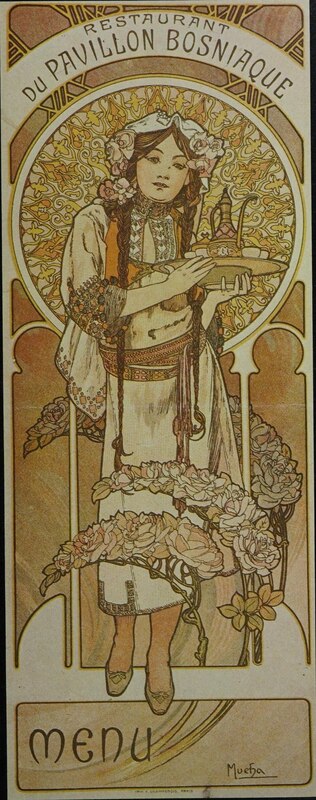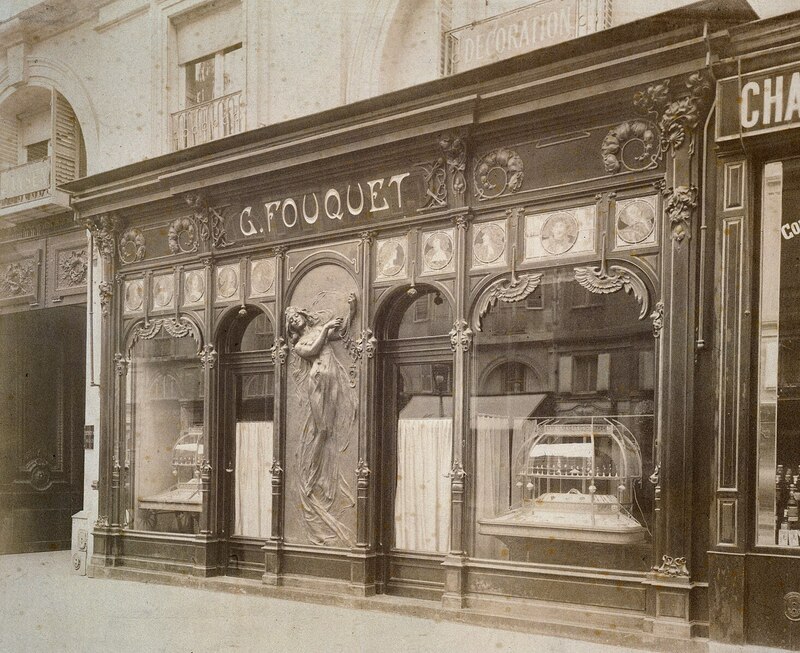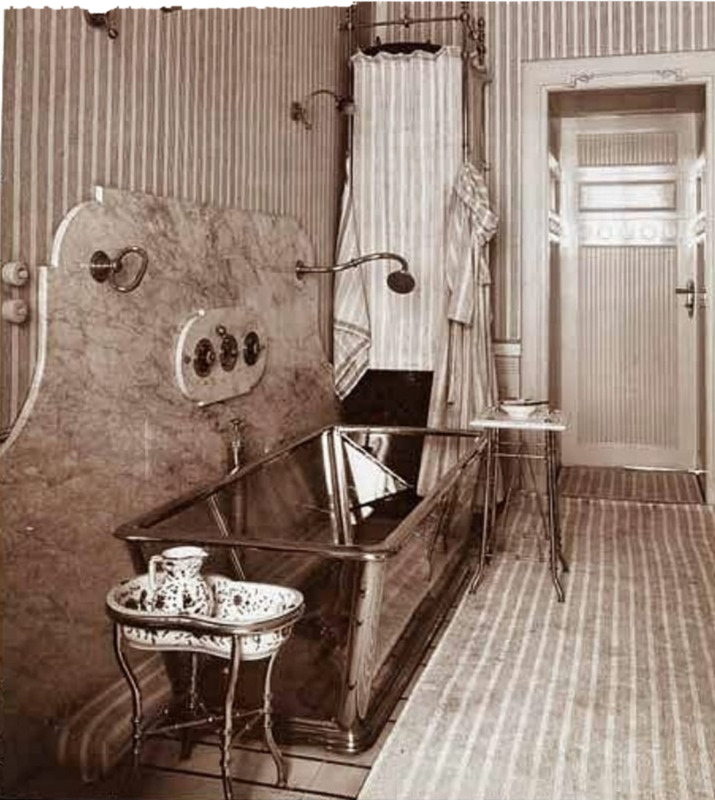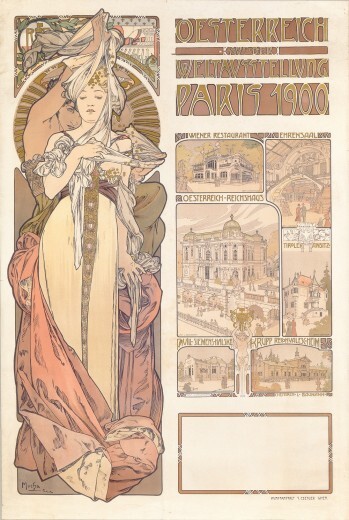Art Nouveau
The Art Nouveau style was slow to emerge, starting around 1815 with the decline of the Empire Style, decorative ornament and furniture began to go through changes and by 1900, the new decorative art movement truly began. The Art Nouveau movement was a product of boredom of the same repetitive forms, cliches and eternal imitation of the past, partnered with the desire to make art unique and assert independence in the new era. The expression “Art Nouveau” fails to designate a uniform trend, varying from country to country and subject to prevailing taste. The movement was known by various names, including Liberty, Jugendstil, Secessionstil, Arte Joven, and more, all emphasizing its novelty and break from historical styles. Art Nouveau reached its peak around 1900 but then quickly declined in popularity.
England, Belgium and France were all major players in starting the Art Nouveau movement; The English movement was driven by architects and was truly a national movement; Belgium followed closely behind and contributed significantly, especially through furniture. From England and Belgium, the movement then extended to northern countries such as France, the United States, and Germany. In France, the approach to Art Nouveau differed, with a focus on floral ornamentation. Alphonse Mucha, a Moravian-born artist perfected this style and is one of the many defining artists of the movement.



